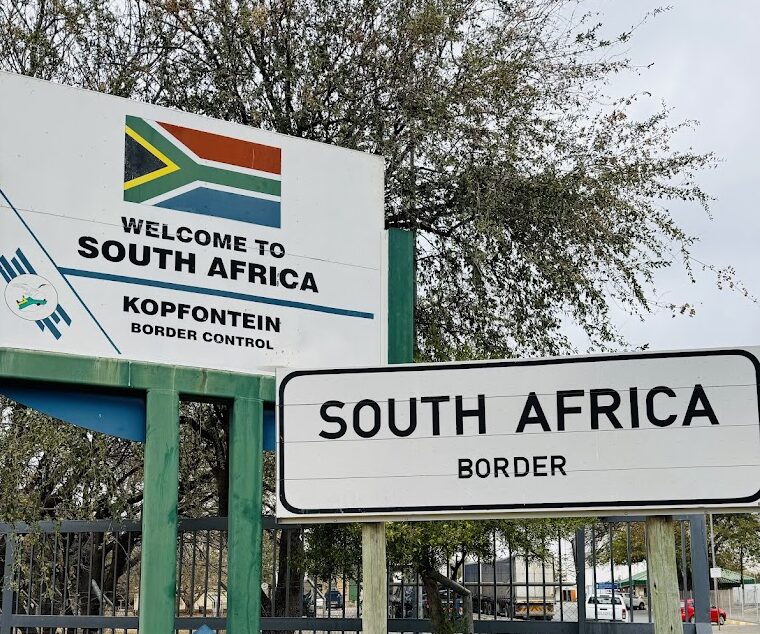Botswana’s Tlokweng Border Post, ranked as the 6th largest land port in Africa, plays a crucial role in facilitating trade between Botswana and South Africa. Located just outside the capital city, Gaborone, it connects to South Africa’s Kopfontein Border Post, forming a key trade and transport link within the Southern African Development Community (SADC).
A Vital Gateway for Trade
Tlokweng Border Post handles significant volumes of goods and passenger traffic daily, contributing to the robust trade relationship between Botswana and South Africa. With South Africa being Botswana’s largest trading partner, essential imports such as machinery, vehicles, and petroleum products, along with exports like diamonds and beef, move through this busy crossing.
The border post also serves as a transit point for goods destined for neighboring countries, including Namibia, Zambia, and Zimbabwe, enhancing its strategic importance for regional commerce.
Infrastructure and Challenges
Equipped with modern customs and immigration facilities, Tlokweng Border Post aims to streamline processing times. However, congestion remains a persistent challenge, particularly during peak trading seasons. Improving border management and expanding infrastructure are ongoing priorities to ensure seamless trade flows.
Economic and Regional Impact
Tlokweng’s role in facilitating trade supports Botswana’s broader economy by boosting sectors like transportation, logistics, and retail. It also contributes to the SADC’s vision of a more integrated regional economy and aligns with the goals of the African Continental Free Trade Area (AfCFTA), which seeks to increase intra-African trade.
Botswana’s Tlokweng Border Post, linked to South Africa’s Kopfontein, exemplifies the importance of land ports in driving economic growth and regional integration. As Africa moves toward more efficient trade networks, enhancing the capabilities of key gateways like Tlokweng will be crucial for sustaining economic development and strengthening cross-border ties.






